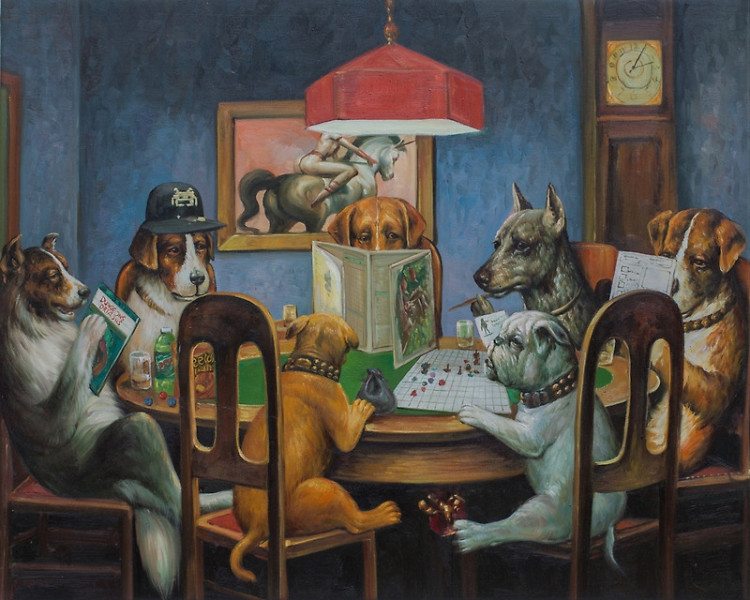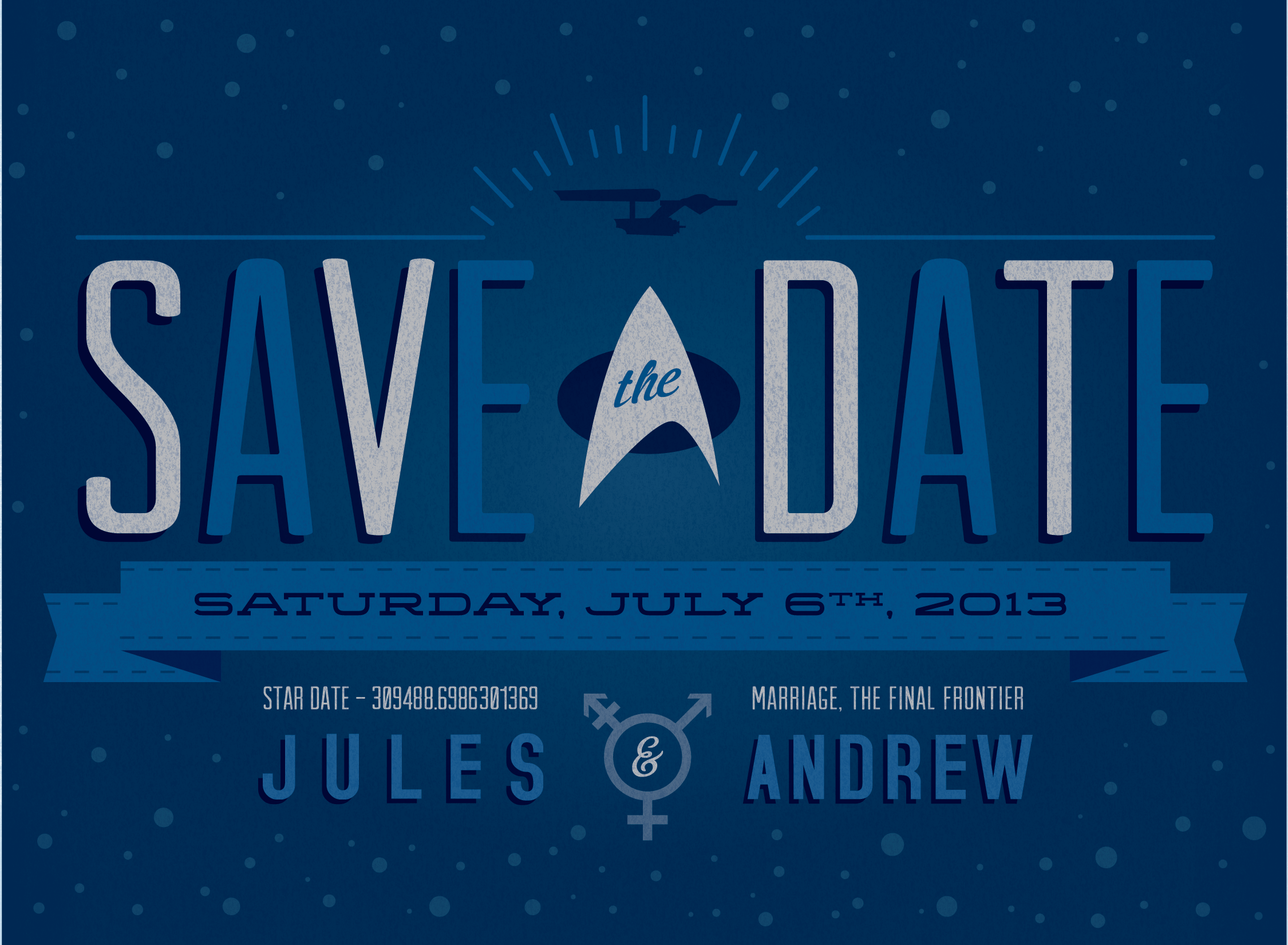James Floyd Kelly: You chose to write a book about the story of D&D, a game that’s obviously quite personal and meaningful to you. Before you began writing, did you have any specific goals for the book or for readers?
David Ewalt: Like many of your readers, I grew up playing D&D, and the hobby was an important part of my life. Role-playing games are a uniquely powerful form of entertainment; they’re fun, of course, but they also have real intellectual, emotional and social benefits. It’s no surprise that players tend to be very passionate about their games.
But if you’ve never tried an RPG, it’s hard to understand that devotion. All those rules, and the strange-shaped dice, and the creepy monsters and demons… to the uninitiated, D&D players can seem delusional and weird. Media portrayals have mostly reinforced this perception: In the 1980s, there was a ridiculous hysteria linking D&D to everything from Satan worship to teen suicides.
That disparity between what I know to be true –role playing games are awesome– and what much of the world believes –that role-playing games are a deviant waste of time– has always driven me crazy. So one of my main goals was to bridge that gap and explain D&D to the outsiders. I want them to see what they’re missing, so maybe they’ll join in the fun.
I also wanted to learn more about the hobby. I’d played RPGs for years, but knew nothing about their history; it was like being a film nerd who’d never seen a black and white movie. I think there are a lot of people who love D&D but don’t know anything about its origins, and I think they’ll find the game’s story as fascinating as I did.
James Floyd Kelly: Chapter 1 reads like the essay for Intro to RPGs 101 that got an A+ — it’s the explanation that I wish I’d had twenty years ago to give to those folks who really just didn’t get it. How would you feel about offering that chapter up as a downloadable PDF that could be made required reading by girlfriends/boyfriends/spouses/co-workers?
David Ewalt: I love this idea. Going to talk to my publisher about making it happen.
James Floyd Kelly: You perfectly capture and explain the desire that many young players had to hide their involvement with D&D 25-35 years ago, but not so much with today’s players. With all your research and interviews, have you been able to put your finger that point in time when it became cool to be a D&D player?
David Ewalt: A couple of things have happened over the last decade to create something of a modern RPG renaissance. The first is the mainstreaming of geek culture –you can thank the Internet for that. The second is widespread success of fantasy fiction –the massive success of media like the Lord of the Rings trilogy and Game of Thrones means halflings and trolls aren’t as alien as they used to be. And the third is simply the passage of time –all those kids who played D&D when they were kids in the ’70s and ’80s are now adults with disposable income and nostalgia for the good old days.
The rise of video games is a major factor, too: For a long time, it looked like video games were going to kill tabletop RPGs outright, but instead what they’ve done is expanded the potential player base. Today everyone plays some kind of game, whether it’s on their phone, tablet, pc or console… so D&D is a lot easier to understand.
James Floyd Kelly: There have been a lot of books that cover the history of gaming (and D&D), but you used an entertaining first-person-narrative storytelling method to break up your content and illustrate some great points. Did you always have that idea when the book began? Did you at any point realize “Hey, I could be a fantasy fiction writer?”
David Ewalt: I realized early on that I had to do something unusual in the text to convey the drama of a role-playing game. When you’re sitting at the table with your friends, you’re not just rolling dice and checking off numbers on a character sheet, you’re telling a story. Simply reporting that player A rolls a 12 and that monster B loses 5 hit points would have done nothing to help readers understand what it feels like to play D&D.
So I fictionalized some of the D&D sessions I played in, and wrote them up like they were passages in a fantasy novel. I’d never tackled the genre before, so it was a challenge, but also a lot of fun. It would be cool to write a full-blown sword and sorcery novel… maybe someday I will!
James Floyd Kelly: One of the things I loved the most were your experiences playing or talking with key individuals involved in the development of D&D and other games. Did you have a favorite moment with any particular person that didn’t make it into the book? (As a big fan of Dungeon!, I have to say the end of Chapter 16 and the bit with David Megarry made me smile wide.)
David Ewalt: There’s so much great stuff that didn’t make the final cut. I’m planning to release a lot of it online, and working on a new project that will tell more of the history of D&D –but more on that later.
A lot of my favorite moments were when I actually got to play games with people; for instance, I had the good fortune to play in a game run by Michael Mornard, who was one of the original players in both Dave Arneson’s Blackmoor campaign and Gary Gygax’s Greyhawk.
One of the great things about the role-playing game community is that anyone can connect with the hobby’s past, and play with the greats –it’s like a baseball fan getting a chance to play catch with Mickey Mantle. Just go to a convention or a local game night, and you can meet some of the people who have designed the game, or played it since the beginning.
James Floyd Kelly: The story of Arneson vs. Gygax is somewhat well-known by many fans of D&D/AD&D, but I found your coverage of events leading up to the separation (and the later lawsuits) to be less about the back-and-forth finger pointing and blame and more about the basic aftermath. Do you have any personal thoughts/opinions on the matter that didn’t make it into the book? (The departure of Arneson happened four years before I even discovered D&D, so I’ve never had a strong opinion.)
David Ewalt: I don’t see a lot of value in the finger-pointing, or arguing over who should get credit for what. It’s clear that D&D was the result of a very special collaboration, and not just between Gary and Dave, but between countless designers, editors and players. As for why the two great men had their falling out: It seems to me it’s as simple as conflicting personalities who wanted different things in life –and perhaps most importantly, in their games. It’s hard to keep a relationship going under those circumstances, particularly when there’s money involved.
James Floyd Kelly: You mention selling your D&D manuals on eBay and then leaving the game for a while. How much pain and suffering have you had to work through to forgive yourself for that? Have you managed to buy back most of what you lost? Do you have a Nostalgia shelf?
David Ewalt: I will go to my grave regretting the day I sold my first edition Deities & Demigods –the one with the Cthulhu and Melnibonéan mythos. I was a college student and didn’t know any better. But I’ve had a lot of fun reconstructing my collection over the past few years. eBay is a dangerous place for the nostalgic gamer –and the Gen Con auction is even worse. At last year’s auction I bought an original poster for Gen Con XI, which was held at the University of Wisconsin-Parkside in August 1978.
James Floyd Kelly: You devote an entire chapter (14) to your invite to beta test the D&D Next product. Do you have a favorite version or are you planning on going full-steam-ahead with the new game when it’s released? Do you have any concerns about Next? Any praises?
David Ewalt: My favored edition currently in print is D&D 3.5 –that’s what I use with my friends. It’s nerdy and complex to a degree I find highly satisfying, without limiting the game’s narrative possibilities. But we’ve also been playtesting D&D Next for over a year, and so far I really like it. Wizards of the Coast has wisely decided to simplify and streamline the rules in order to hand power back to the Dungeon Master, and give everyone at the table the tools they need to tell a cool story. At the same time, they haven’t dumbed the rules down too much, so it doesn’t feel like a video game or collectable card game. I have high hopes for the final product.
James Floyd Kelly: I loved Chapter 15 where you share some snippets of the development of your own campaign (“The Song of Marv and Harry”) — are you playing it now or waiting for the Next rules? Any update for readers who’ve finished your book and understand the world you’ve created?
David Ewalt: My campaign is well underway –it’s actually what we’re using to playtest the D&D Next rules. It’s been amazing to see how the world has changed as the result of the players’ actions; they’re unpredictable, so I’ve had to tweak the world around them.
I’m actually writing up the Tower of Marv as a game supplement, so other game masters can work it into their campaigns as a short, standalone adventure. Anyone who is interested should keep an eye on the Of Dice and Men web site [http://www.ofdiceandmen.com/]: I’ll be giving away free copies (and lots of other cool game stuff) in the next three weeks to help promote the book.
James Floyd Kelly: Any final thoughts on where you see the future of D&D heading? Do you think D&D will still be around in 40 more years?
David Ewalt: I have no doubt that D&D is here to stay, and that tabletop role-playing games in general will prosper. Our lives are becoming increasingly digital, but is there a better way to re-connect with your humanity than sitting down with your friends to tell a cool story?







Awesome article, James. Thank you. This statement, in particular, sums it up so well: “Ewalt’s not apologizing for our strange hobby; he’s explaining why our hobby isn’t strange.”
Thanks, Jason!
That was a wonderful review and thuroughly evocative for those of us who played the game through the 80’s! I plan on buying the book tonight and have tweeted links to your review. Thanks!